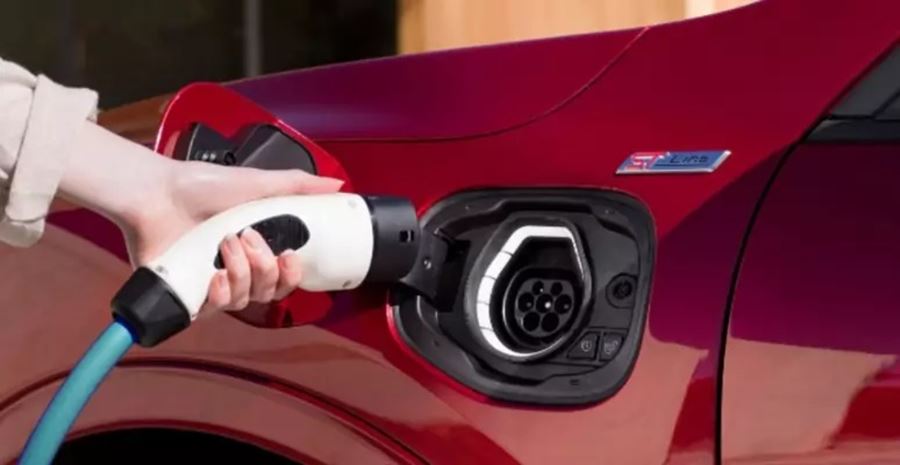How to look after your EV in cold weather
Winter can bring unique challenges for electric vehicle owners, especially here in the UK where cold weather and icy conditions are the norm. Whether you’re driving an all-electric vehicle, such as the new Ford Explorer, or a hybrid like the new Ford Kuga, understanding how to maintain your vehicle’s battery in colder temperatures will help you get the most out of it during the winter months.
Understanding How Cold Weather Affects Electric Vehicles
Generally speaking, batteries operate less efficiently in low temperatures, meaning you might notice that your EV’s range is lower during winter. This is common in all electric cars.
Additionally, heating your car’s interior consumes extra power from the battery, further reducing the range. While traditional petrol or diesel vehicles use engine heat to warm the cabin, electric cars rely on battery power to run the heating system. This means your battery is doing double duty - powering the car and keeping you warm. Understanding this can help you better plan your journeys and manage charging needs as it gets colder outside.


Optimising Your EV’s Battery Range in Winter
One of the best ways to maintain your electric car’s performance during the winter is to adapt your driving and charging habits to suit the colder weather. Preconditioning, for example, is a highly useful feature available on Ford electric vehicles. It allows you to warm up your car’s cabin and battery while it’s still plugged in, ensuring that you don’t drain the battery unnecessarily while driving.
It’s also a good idea to keep your vehicle plugged in overnight. Cold weather can cause the battery to lose charge even when the car is not in use, so keeping it connected helps maintain its charge. In addition, charging your EV more frequently in the winter - before the battery gets too low - can help avoid any surprises while you’re out in the cold.
Managing Winter Driving for Maximum Efficiency
Driving style plays a crucial role in how well your electric vehicle performs during the winter months. For example, aggressive acceleration and high speeds drain the battery more quickly in cold conditions. By adopting a smoother driving style - gradual acceleration, steady speeds, and gentle braking - you can maximise the range of your EV, especially when facing icy or wet roads in winter..
In cold weather, using regenerative braking wisely can help counteract some of the range loss associated with low temperatures. Additionally, Ford’s intelligent driving systems can assist with maintaining steady speeds and efficient driving patterns, which are beneficial for long winter journeys.
Taking Care of Your EV’s Battery and Charging System
Charging times can be longer in colder conditions, as the battery needs to warm up before it can charge efficiently. It’s essential to be patient during winter charging sessions and to plan for slightly longer charging stops if you’re on the road. Using fast chargers when possible can help when in a hurry, as they provide the power needed to charge more quickly, even in cold weather.
Ford electric vehicles come equipped with advanced battery management systems designed to optimise charging in all conditions. For example, the Ford Mustang Mach-E features thermal management technology that helps regulate the battery’s temperature, ensuring it charges and discharges at optimal levels, even in freezing weather.